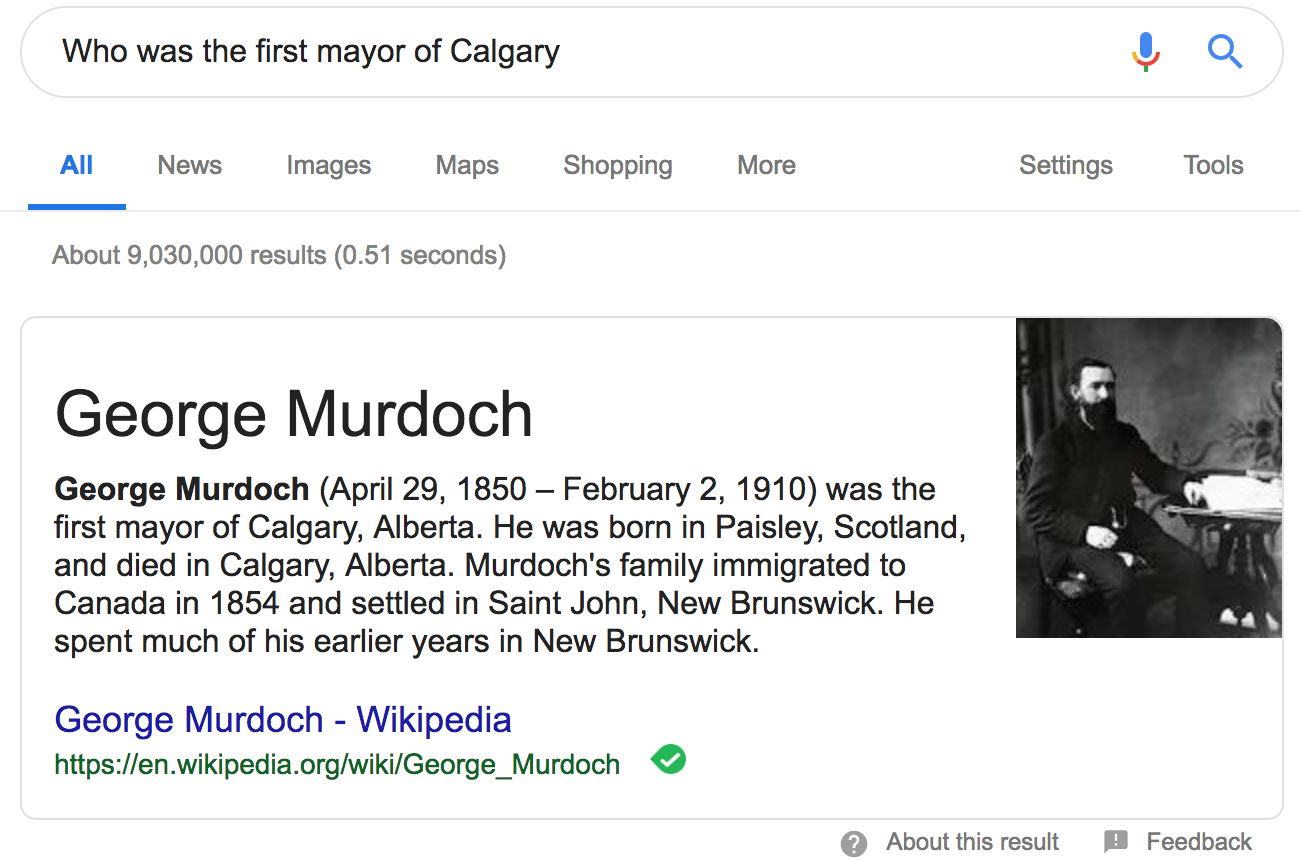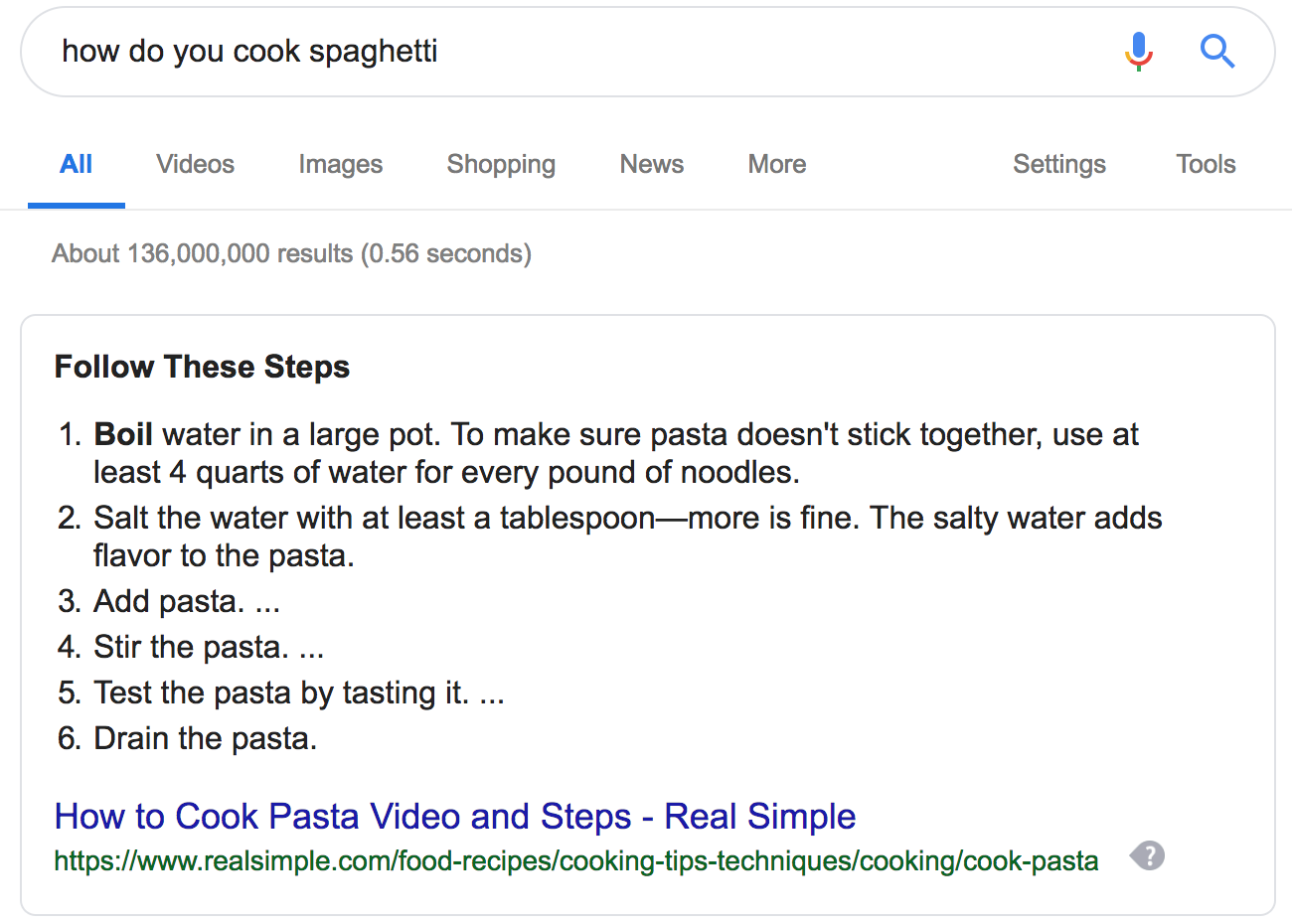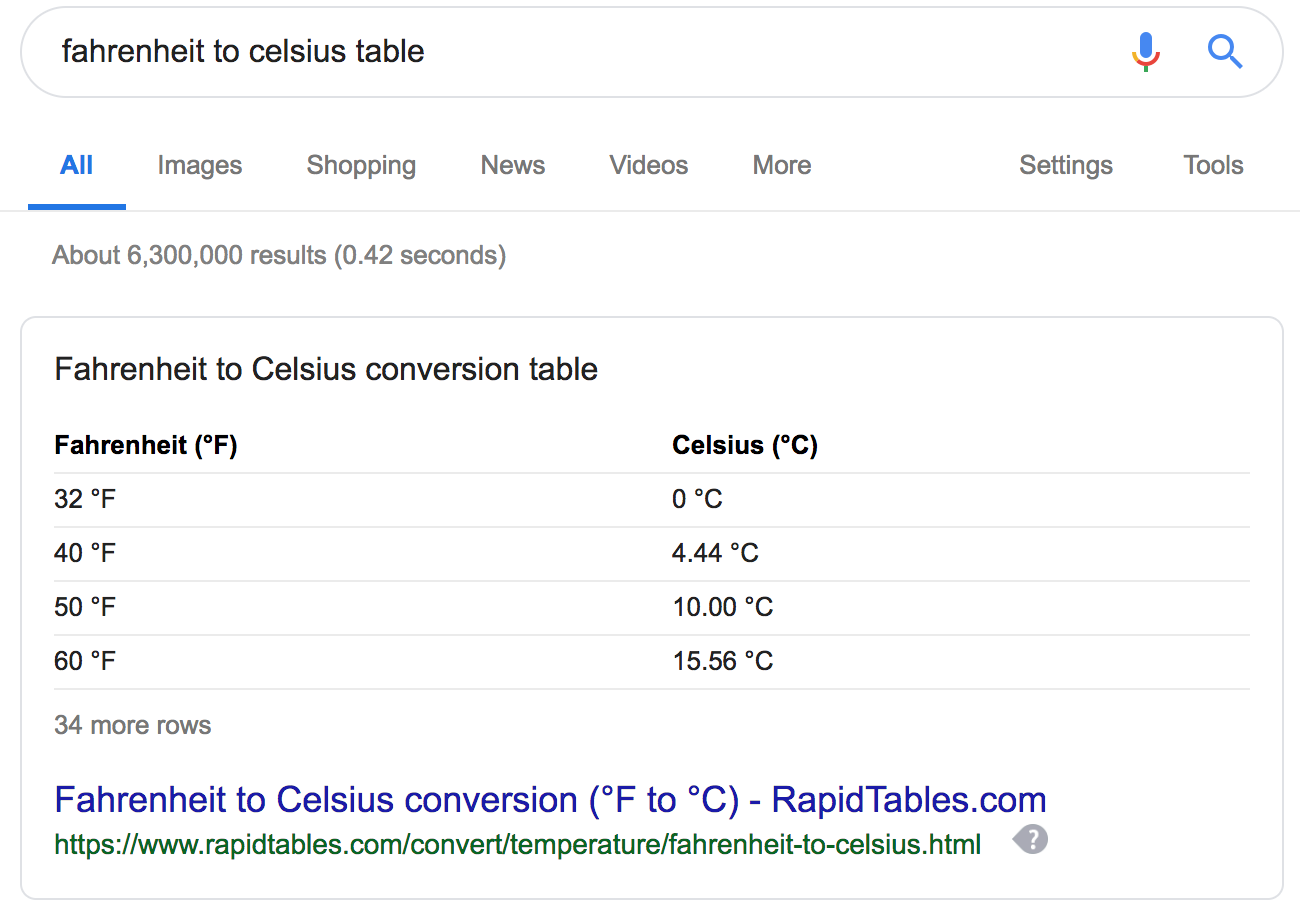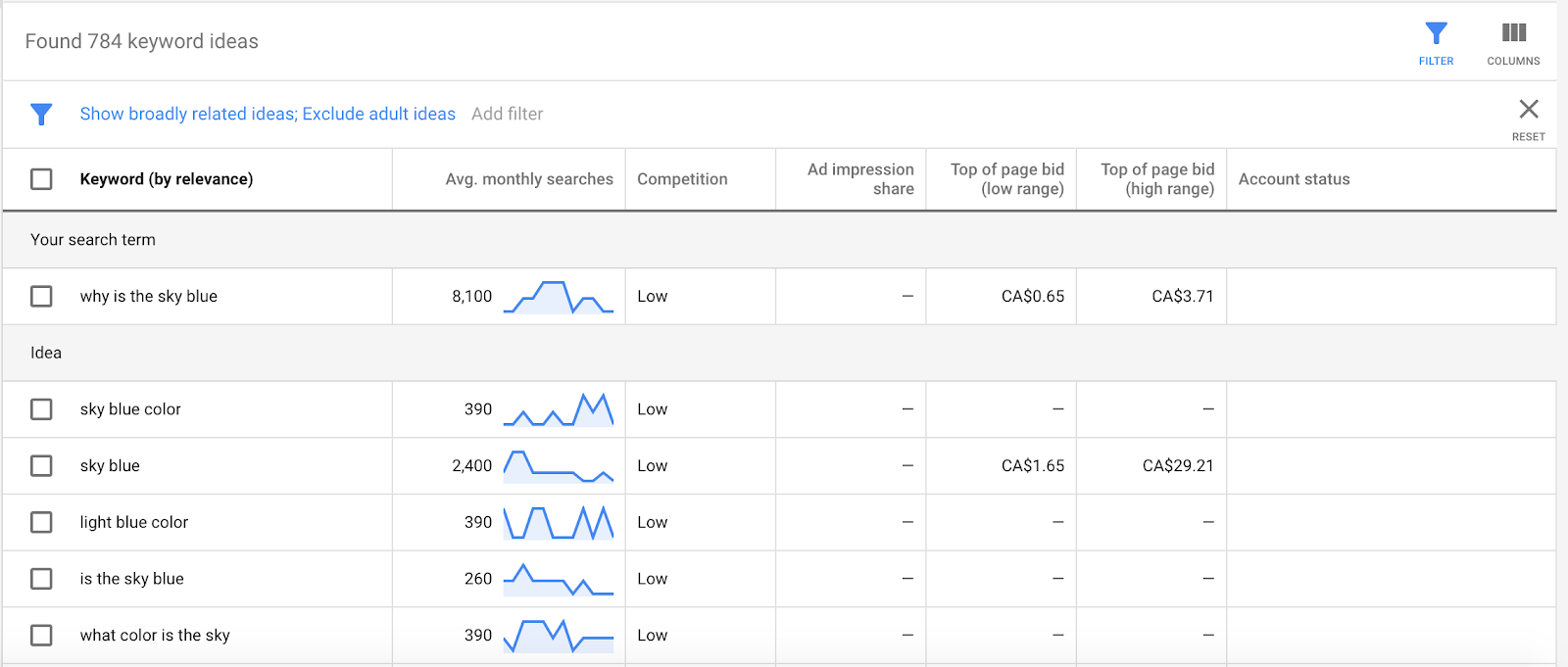When it comes to SEO, we need to get into the minds of our customers and figure out how they are searching for information so that we can target the right keywords and topics. Understanding how customers search for information influences your SEO strategy.
The way people search for information online has been changing. Instead of simply searching for a short, concise keyword; more people are asking questions to get the information and answers they are looking for. Gone are the days of simply using regular keywords. Question keywords and long tail keywords are becoming more popular and should be a part of your SEO strategy.
There are a couple of reasons for this. Firstly, Google’s “Answer Box” featured snippet seeks to answer the questions that users are asking in the first page of search results. Users will search their questions because they know that Google will usually answer their questions right away. Secondly, thanks to the use of voice assistants, more people are asking questions to get the information they need. People are asking their voice assistants over a billion questions a month.
According to a study that was published by Moz, search queries beginning with “Who,” “What,” “Where,” “When,” “Why,” and “How,” accounted for 8% of searches being made. Given that there are over two trillion searches made on Google every day, questions make up a large portion of the search traffic that you could be missing out on. It’s well worth your time to optimize your content to use more question keywords.
Why are Question Based Keywords so Important to Search and SEO?
Before we get too carried away, let’s look at the tangible search engine benefits to optimizing your website with question keywords. Part of Google’s algorithm and how they categorize search results comes from Google’s semantic search technology.
If you’re unfamiliar with Semantics, here’s a quick lesson:
Semantics:
se-man-tics | si-’man-tiks
Definition of semantics:
The study of meanings. The historical and psychological study and the classification of changes in the signification of words or forms viewed as factors in linguistic development.
Basically, semantics is the study of language and the true meaning of the words being used. With this, Google works to understand and identify what the intent of the user is and what they are trying to find out. Once Google has this figured out, it presents the search results that it believes is most relevant to what the user is searching for.
Semantic search takes four elements into account when deciding what to display in search results:
- The natural understanding of language or ‘semantics’.
- The context of the user’s search.
- The context of the query stream and how the queries relate to one another.
- Entity recognition to relate topics with one another.
In a nutshell, semantic search is where Google analyzes all of the information above and understands the natural language behind what you’re searching. This enables Google to deliver more relevant search results and help resolve some of those tough to answer questions.
What’s the SEO benefit of answering questions?
Now that we know how semantic search works and how Google seeks to answer people’s questions, we can dig into what happens when a question is asked and how Google knows how to categorize search results.
With the rise of voice search, we’re seeing a shift in the way people are searching. Search queries are taking a longer, more conversational form. These queries form a type of targeted keywords called “long tail keywords”.
Because search is taking a longer form, Google is learning to take what you say and determine the intent behind your question with it’s semantic search technology.
Google knows you’re asking a question whenever a query begins with “Who,” “What,” “Where,” “When,” “Why,” and “How,”. Once Google has determined the search query is a question phrase, the semantics and searching begins.
Now, if you’ve ever asked Google a question before, you may have noticed that the search results look a bit different than they do for a normal keyword. This is where things get interesting.
The Featured Snippet
This is the stuff that SEO marketers dream of. Position zero aka “the featured snippet”. That neat looking panel you see in search results is an excerpt from a website that is answering the question that you searched for.
The real benefit here is that this search result is above the other results and highlighted with it’s own panel. Given that the featured snippet stands out from the rest of the results and sits above the rest (position zero), it’s more likely to be clicked than other results on the same page.

What kind of featured snippets are available?
Depending on what kind of information you have on your website, Google will select the right type of answer box featured snippet for that particular search query. There are three types of featured snippets available depending on the search query and the information available on your website.
Paragraph Featured Snippet

The paragraph snippet is used when the answer to a search question with a text-based answer. This snippet normally takes the form of a box with some text and an image on the inside. For example, searching “Who was the first mayor of Calgary?” will give us search results with a paragraph snippet and a photo of George Murdoch.
List Featured Snippet

The list snippet is displayed when the answer to a question is in the form of steps or a list. This snippet normally just takes the form of a numbered or bulleted list that will help guide the user through a process. For example, when we search “How do you cook spaghetti?” we get a list of the steps needed to make spaghetti. Pretty handy, right?
Table Featured Snippet

This snippet is displayed when the answer is best displayed in the form of a table. If you ask a question regarding a unit conversion or something similar, you will see a table snippet in your search results. Take this search for a conversion of Fahrenheit to Celsius for example. Google makes it quick and easy to figure out what the temperature is in a measurement we may have a better understanding of.
Why are the featured snippets so important?
It’s easy to see how the featured snippets stand out from regular search results and are more visible than the first regular search result on the page. This is why we call it “position zero”. But, how valuable is a featured snippet to your SEO strategy and overall web traffic?
Studies show an 8% improvement in click-through rate while you hold an answer box featured snippet. To add even more value, revenue from organic traffic that comes from a featured snippet has been shown to increase by 677%. That’s incredible! Marketers have also reported an average 20-30% increase in organic traffic while holding the featured snippet for a search result as well.
If you’re looking to gain a competitive advantage in search results, winning over a featured snippet could be pivotal in improving the results from your SEO campaigns.
How to incorporate Questions and Answers into your content
Now that you understand how Google favours answers to questions that users may be asking, you may be wondering how to go about optimizing your content for questions and answers. Keyword research is an important part of any SEO strategy and there are ways to determine which questions are the most valuable and the most searched by users.
Do some Q&A Keyword Research
Using Google’s Keyword Planner, we can do some keyword research for question based keywords or long tail keywords that have a good amount of monthly search traffic. This will give you some good insights as to what people are searching and asking about.

Other methods:
- Harvest commonly asked questions from your sales team, customer support, social media etc
- Other tools E.g. keywordit
Create FAQ or Q&A sections on your website
One of the easiest ways to optimize your content for question keywords is by creating a frequently asked questions (FAQ) or Question and Answer (Q&A) section on your website or integrate FAQs with your landing pages or articles.
Once you’ve had a chance to analyze customer feedback, questions and concerns from the different points of customer contact that your business has, you can begin to craft FAQ or Q&A content for your website to answer those questions. The frequently asked questions you’ve identified will provide value to your customers, combat potential anxieties they may have and provide a good opportunity for you to rank for those question based keywords on Google.
Once you’ve crafted the content for your FAQ or Q&A section, it’s time to integrate the content into your website. Simply create a new page and add the content in a list of questions and answers.
Well, there you have it! If you want to give your SEO campaigns a competitive edge, it’s worth taking the time to optimize your content for question based keywords. Providing value to your customers by answering those tough questions and winning over some of the valuable featured snippets available can be a strong way to generate leads for your business. For all of your SEO and content related needs, Konstruct Digital is here to help.






